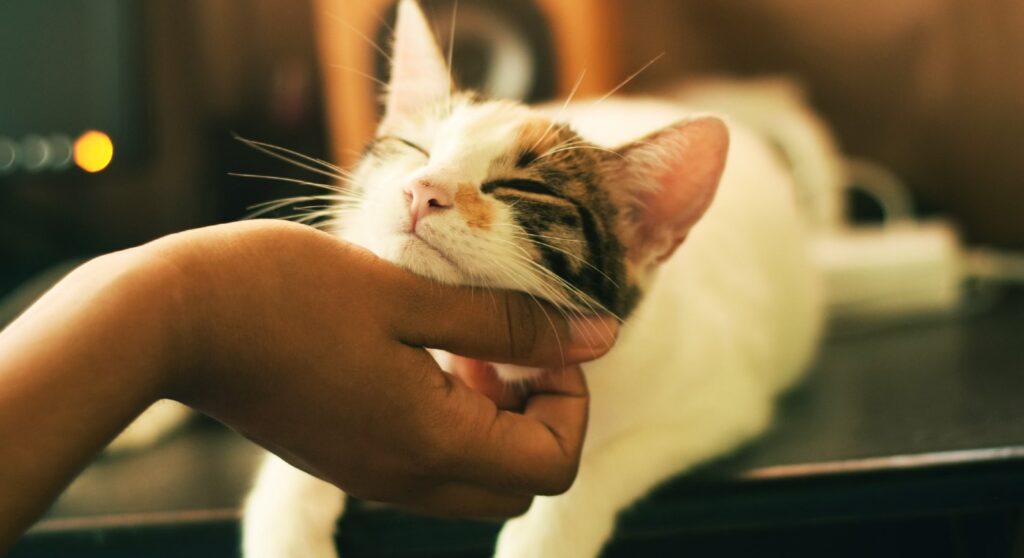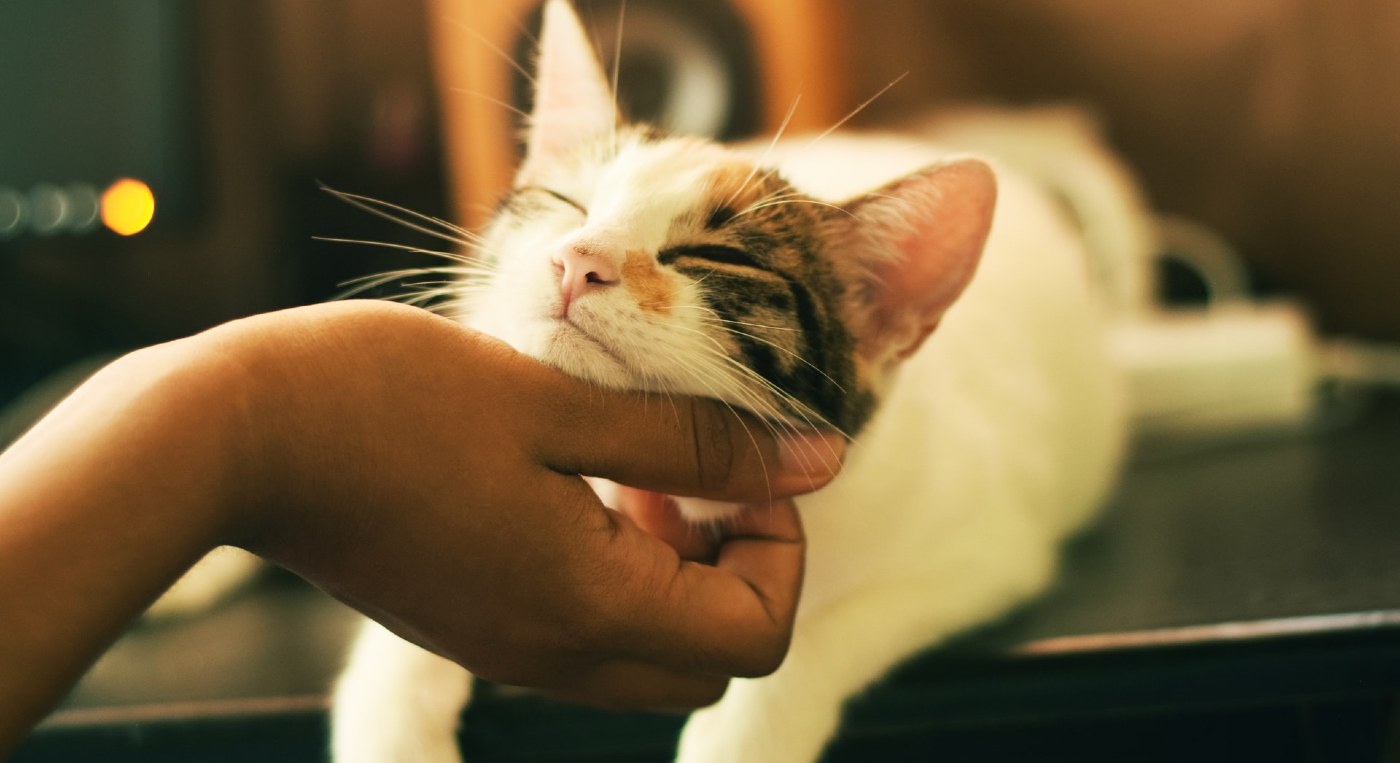A team of psychologists at the Universities of Sussex and Portsmouth have purr-fected the art of building a bond with cats.

The new study ‘The role of cat eye narrowing movements in cat-human communication’, published online in the Nature journal Scientific Reports, has shown for the first time that it is possible to build rapport with a feline by using an eye narrowing technique with them.
This eye narrowing action by humans generates something popularly known as a cat smile––the so called “slow blink”––and seems to make the human more attractive to the cat.
Eye narrowing movements in cats have some parallels with the genuine smile in humans (the Duchenne smile), as well as eye narrowing movements given in positive situations in some other species.
The team, led by Dr Tasmin Humphrey and Professor Karen McComb, animal behavior scientists at the University of Sussex, undertook two experiments.
The first revealed that cats are more likely to slow blink at their owners after their owners have slow blinked at them, compared to when they don’t interact at all.
RELATED: Myth-Busting Study Says Cats Form Emotional Attachments to Their Owners Just Like Dogs and Babies
The second experiment, this time with a researcher from the psychology team, rather than the owner, found that the cats were more likely to approach the experimenter’s outstretched hand after they’d slow blinked at the cat, compared to when they had adopted a neutral expression.
Taken together, the study shows that this slow blinking technique can provide a form of positive communication between cats and humans.
This adds context to existing studies on cat psychology that have found, firstly, that cats have been shown to attract and manipulate human attention effectively through ‘solicitation purring’; secondly, that cats can discriminate their name from other words, even when unfamiliar humans are calling, and also, that cats may be sensitive to human emotional cues, and will rub or butt their head against an owner who feels sad.
MORE: Most Americans With Cats Say They Couldn’t Have Gotten Through Lockdown Without Their Feline Friend
Professor Karen McComb, from the School of Psychology at the University of Sussex, who supervised the work, said in a release, “As someone who has both studied animal behavior and is a cat owner, it’s great to be able to show that cats and humans can communicate in this way. It’s something that many cat owners had already suspected, so it’s exciting to have found evidence for it.
“This study is the first to experimentally investigate the role of slow blinking in cat-human communication. And it is something you can try yourself with your own cat at home, or with cats you meet in the street. It’s a great way of enhancing the bond you have with cats. Try narrowing your eyes at them as you would in a relaxed smile, followed by closing your eyes for a couple of seconds. You’ll find they respond in the same way themselves and you can start a sort of conversation.”
Dr Tasmin Humphrey, a PhD student in the School of Psychology at the University of Sussex during the work, who was the first author of the study said: “Understanding positive ways in which cats and humans interact can enhance public understanding of cats, improve feline welfare, and tell us more about the socio-cognitive abilities of this under-studied species.
“Our findings could potentially be used to assess the welfare of cats in a variety of settings, including veterinary practices and shelters.
“In terms of why cats behave in this way, it could be argued that cats developed the slow blink behaviours because humans perceived slow blinking as positive. Cats may have learned that humans reward them for responding to slow blinking. It is also possible that slow blinking in cats began as a way to interrupt an unbroken stare, which is potentially threatening in social interaction.
Dr Leanne Proops at University of Portsmouth who co-supervised the work said: “It’s definitely not easy to study natural cat behaviour so these results provide a rare insight in to the world of cat-human communication.”
Be Sure And Share This Pawesome Science Story With Your Friends On Social Media…




















